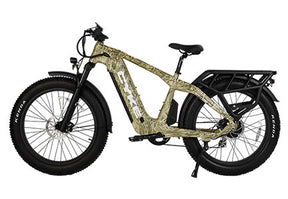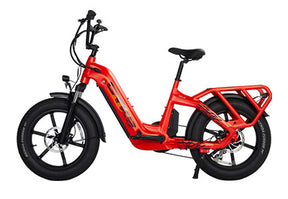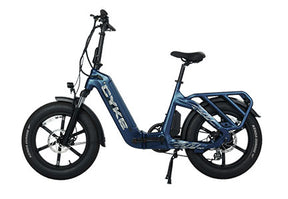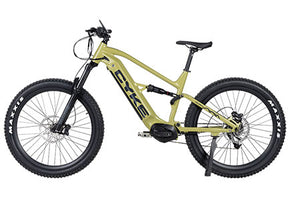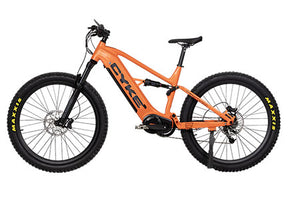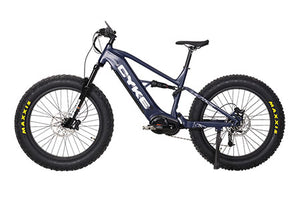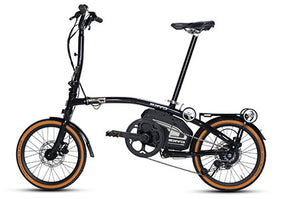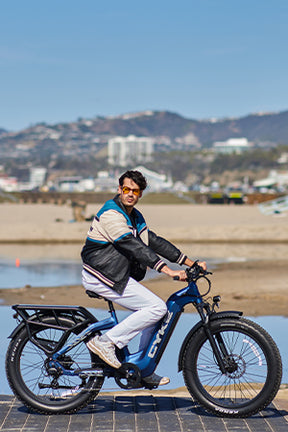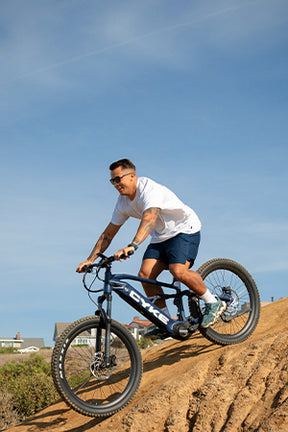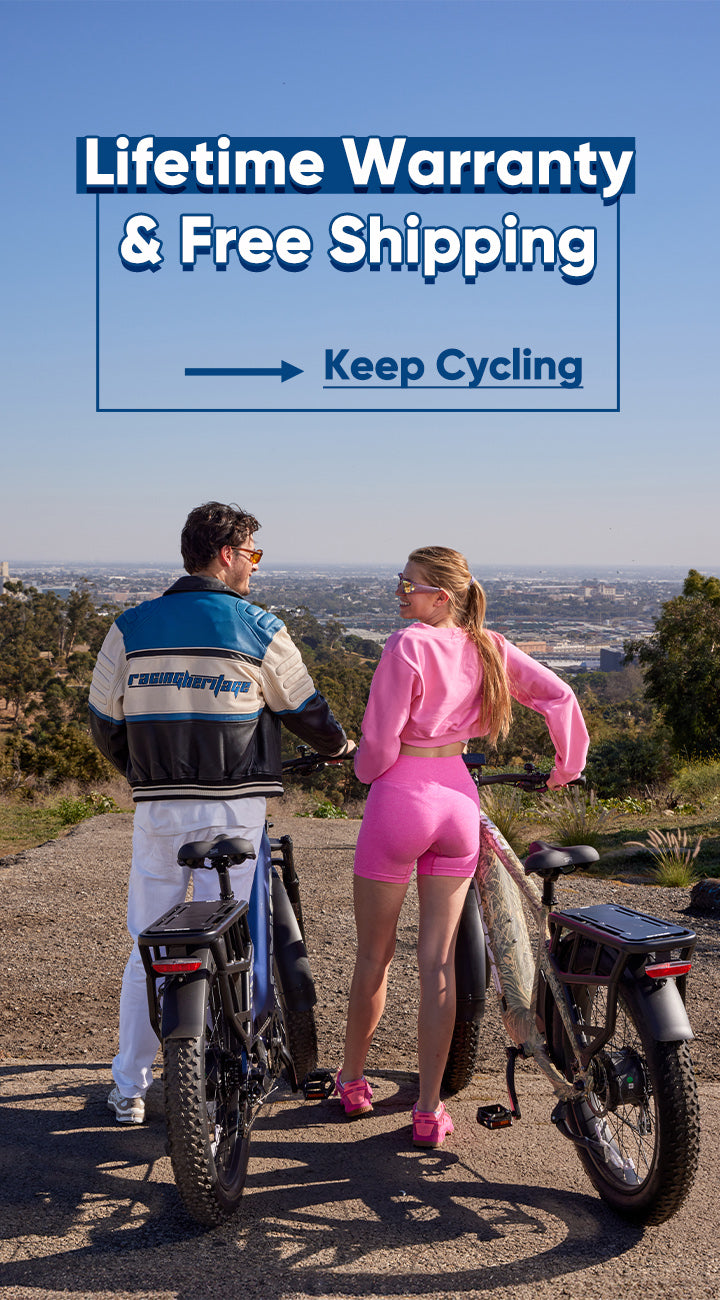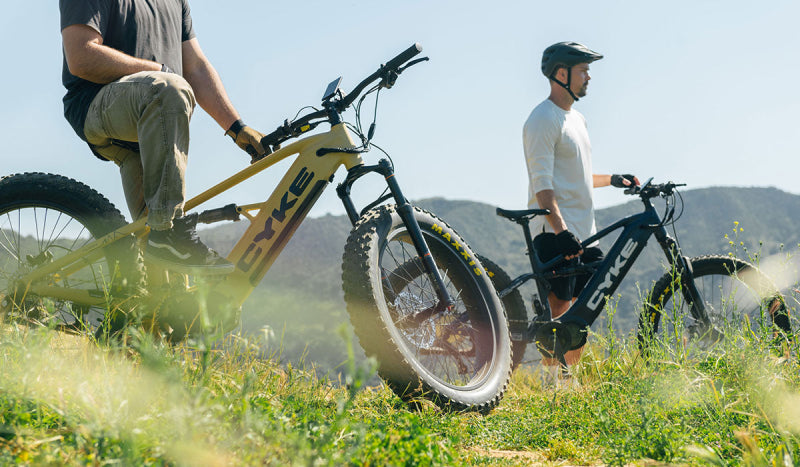Featured in this posts
Transitioning Your Riding Gear from Summer to Fall
Summer rides feel easy with light clothes and long days. But fall changes things. Your lightweight summer clothes won't work anymore. The weather changes fast. One day is warm, and the next day is cold and rainy.
This makes rides tricky. Yet, with smart changes, you can keep going. The right fall cycling gear keeps you comfortable and safe. It also helps you enjoy riding even when the weather gets tricky.
Let's look at how to switch your summer gear for fall riding.
Why You Need to Adjust Your Riding Gear for Fall
Changing Temperatures and Daylight
Fall temperatures can drop 20 to 30 degrees from summer highs. Morning rides feel chilly. By afternoon, it warms up, and evenings cool down again. If you wear only summer clothing, you may shiver early on and overheat later.
Daylight also gets shorter. In early fall, the sun sets two hours earlier than in summer. By late fall, it's dark by 5 PM in many places. This means more rides happen in low light. You need gear that works in these conditions.
Wet Weather and Visibility Challenges
Fall brings more rain and wet roads. Summer rainstorms are usually quick. Fall rain can last all day. Wet roads are slippery and have lower traction. Water makes it harder to see and be seen.
Morning dew also creates wet conditions. Even on clear days, grass and roads can be damp. This moisture gets on your bike and gear. It makes everything slippery and cold.
Wind picks up in fall, too. Cold wind cuts through summer clothes easily. It makes 50-degree weather feel like 40 degrees. Wind also brings leaves and debris that can hit your face and eyes.
Layering for Comfort and Flexibility
Layering rules in fall. It lets you add or remove clothes as temperatures change. Here’s how layering works:
Base Layers and Moisture Management
Base layers go next to your skin. They pull sweat off your body and keep you dry and comfortable.
Good base layers are made from synthetic materials or merino wool. Synthetic base layers dry fast. They work well when you sweat a lot. Merino wool base layers feel soft and fight odors naturally. They work well in different temperatures.
Never wear a cotton base layer; it holds moisture and makes you cold.
Pick the right thickness for the weather. Thin base layers work for temperatures above 50 degrees. Medium thickness works from 35 to 50 degrees. Thick base layers are best below 35 degrees.
Insulating Mid-Layers
Mid-layers keep you warm by trapping body heat. They provide insulation without being too bulky. They go over base layers.
Good mid-layers include thermal jerseys, fleece jackets, and insulated vests.
Thermal jerseys have a brushed inside that feels soft and warm. They fit close to your body but allow movement. Many have full zippers so you can cool down quickly.
Fleece jackets provide more warmth than thermal jerseys. They work well when you're not working hard. Some fleece jackets have wind-resistant fronts that block cold air.
Insulated vests keep your core warm, but let your arms move freely. They're perfect for cool mornings that will warm up later. You can pack them small when you don't need them.
Outer Shells for Wind and Rain Protection
Outer shells are your protection from wind and rain. They go over your other layers. Lightweight, packable jackets work best since you can carry them when not in use.
Windproof jackets stop cold air from getting through. They work great on dry, windy days.
Waterproof jackets keep rain out completely. But they can trap moisture inside if they don't breathe well. Look for jackets with ventilation zips under the arms.
Soft shell jackets combine wind and water resistance with stretch. They move with you better than hard shells. They work well in light rain and wind.
Must-Have Accessories for Fall Riding
Full-Finger Gloves and Thermal Socks
Your hands and feet get cold first. Full-finger gloves protect your hands from wind and cold. They also protect your skin if you fall.
Look for gloves with padding on the palms. This reduces pressure on your hands during long rides. Gloves with silicone grip dots help you hold the handlebars better.
Thermal socks keep your feet warm and dry. They're thicker than summer socks but still fit in your shoes. Merino wool socks work best because they stay warm even when wet.
Neck Gaiters, Beanies, and Windproof Caps
Your neck, head, and ears lose a lot of heat. Covering them keeps your whole body warmer. These add to fall cycling gear without weight.
Neck gaiters are stretchy tubes that go around your neck. They block wind and trap warm air. Choose ones made from moisture-wicking material so they don't get soggy from your breath.
Beanies that fit under your helmet keep your head warm. Thin ones work best because they don't make your helmet too tight. Some have small bills that help block wind.
Windproof caps have panels that block cold air. They work better than regular beanies on windy days. Some have ear flaps for extra protection.
Eyewear for Wind and Debris
Fall brings strong winds that carry dust, leaves, and insects. They can hit your eyes.
Clear or yellow-tinted glasses protect your eyes without blocking visibility in dim light.
Wraparound glasses block wind from all sides. This stops your eyes from watering.
They are small but essential parts of e-bike fall clothing, especially for riders commuting during dawn or dusk.
E-Bike Specific Fall Riding Gear
Battery Warmers or Covers
Cold weather reduces battery power. Your e-bike might not go as far when it's cold. Battery warmers help keep batteries at good temperatures.
A neoprene battery cover helps maintain optimal temperature, preventing power loss. For longer rides in near-freezing weather, battery warmers provide even better insulation.
Cold Weather E-Bike Gloves
Since e-bike speeds are higher than traditional cycling, the wind feels colder. Additionally, e-bikes have displays and buttons, and cold fingers have trouble with small buttons.
E-bike-specific gloves add extra insulation while maintaining grip and thinner fingertips or touch sensitivity for controls. This lets you feel the controls better. Some have conductive material for touch screens.
They are a practical investment in cycling gear for autumn that enhances both comfort and safety.
Safety First: Be Seen
High-Visibility Clothing and Reflective Elements
Fall means more riding in low light. Drivers often struggle to spot riders in low-light conditions, making bright and reflective fall bike apparel essential.
Look for gear with built-in reflective strips. These work better than stick-on reflectors. Many outerwear jackets, jerseys, bibs, shoe covers, and even gloves now come with reflective highlights that catch headlights and streetlights effectively.
Neon yellow and bright orange are the most visible colors. They stand out against fall's brown and gray backgrounds. White also works well, but can blend in with fog.
Reflective vests go over your other clothes. They're cheap and very effective.
Upgraded Front and Rear Lights
Powerful front lights illuminate the road ahead, while bright rear lights make you visible from a distance. Modern rechargeable LED lights last long and perform well in the rain.
For e-bike riders, some lights can even connect to the bike’s battery system for convenience. These upgrades complete your e-bike fall clothing and gear setup, ensuring you’re safe no matter the time of day.
Fall riding can be some of the best riding of the year. The right fall cycling gear makes it comfortable and safe. With good preparation, you can enjoy the beautiful fall weather while staying warm and visible on every ride.
